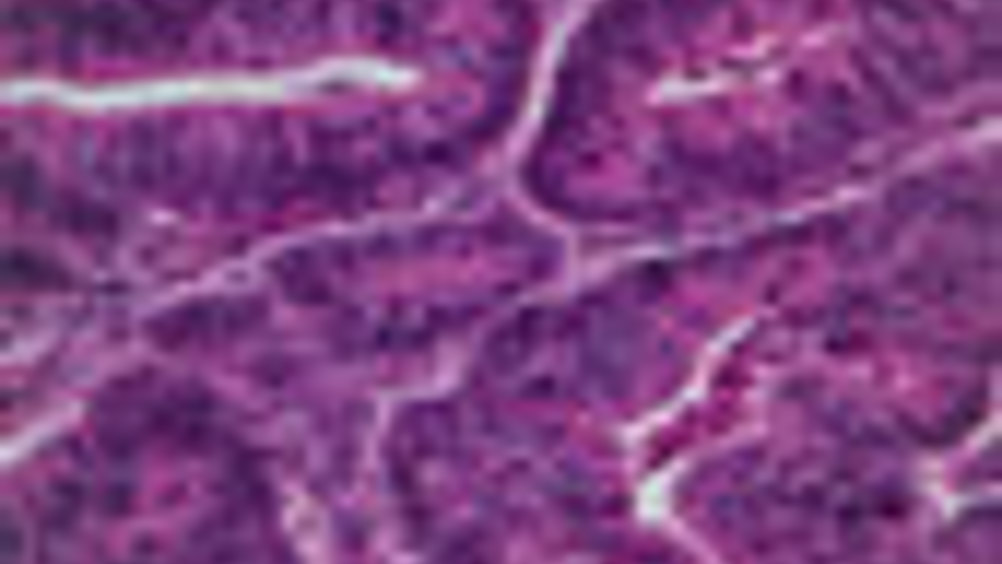Picture of health
University of Washington researchers have helped develop a new kind of microscope to visualise cells in 3D, an advance that could aid early cancer detection.

(UW) researchers have helped develop a new kind of microscope to visualise cells in 3D, an advance that could aid early cancer detection.
The machine works by rotating the cell under the microscope lens and taking hundreds of pictures per rotation, and then digitally combining them to form a single 3D image.
The 3D visualisations could lead to big advances in early cancer detection, since clinicians today identify cancerous cells by using 2D pictures to assess the shape and size of the cells.
‘It's a lot easier to spot a misshapen cell if you can see it from all sides,’ said Eric Seibel, a UW mechanical engineering associate professor. ‘A 2D representation of a 3D object is never perfectly accurate - imagine trying to get an exact picture of the moon, seeing only one side.’
The new microscope - developed in collaboration with Washington-based VisionGate and trademarked Cell-CT - works in a similar way to a CT-scan, but uses visible light instead of X-rays.
Register now to continue reading
Thanks for visiting The Engineer. You’ve now reached your monthly limit of news stories. Register for free to unlock unlimited access to all of our news coverage, as well as premium content including opinion, in-depth features and special reports.
Benefits of registering
-
In-depth insights and coverage of key emerging trends
-
Unrestricted access to special reports throughout the year
-
Daily technology news delivered straight to your inbox










UK Enters ‘Golden Age of Nuclear’
The delay (nearly 8 years) in getting approval for the Rolls-Royce SMR is most worrying. Signifies a torpid and expensive system that is quite onerous...